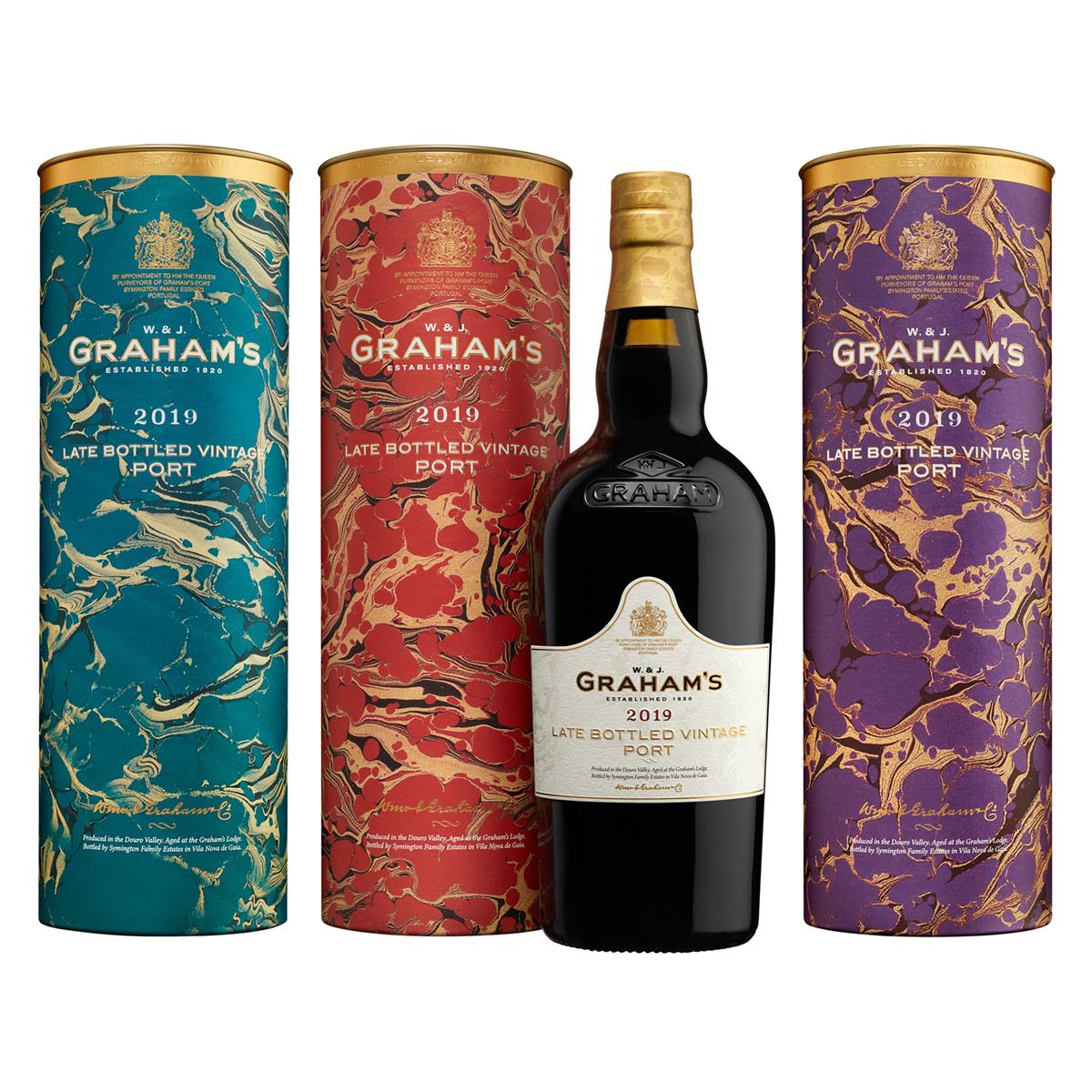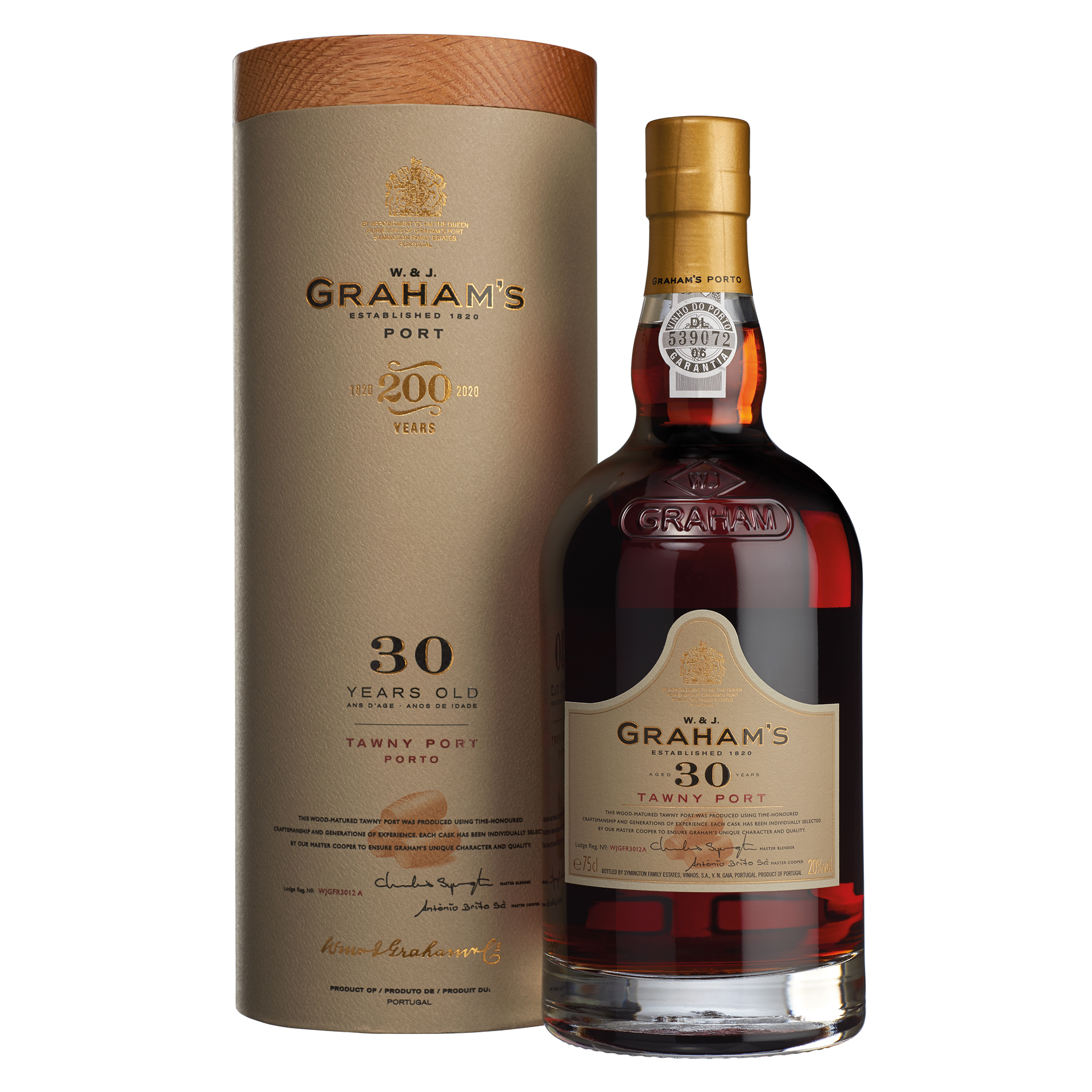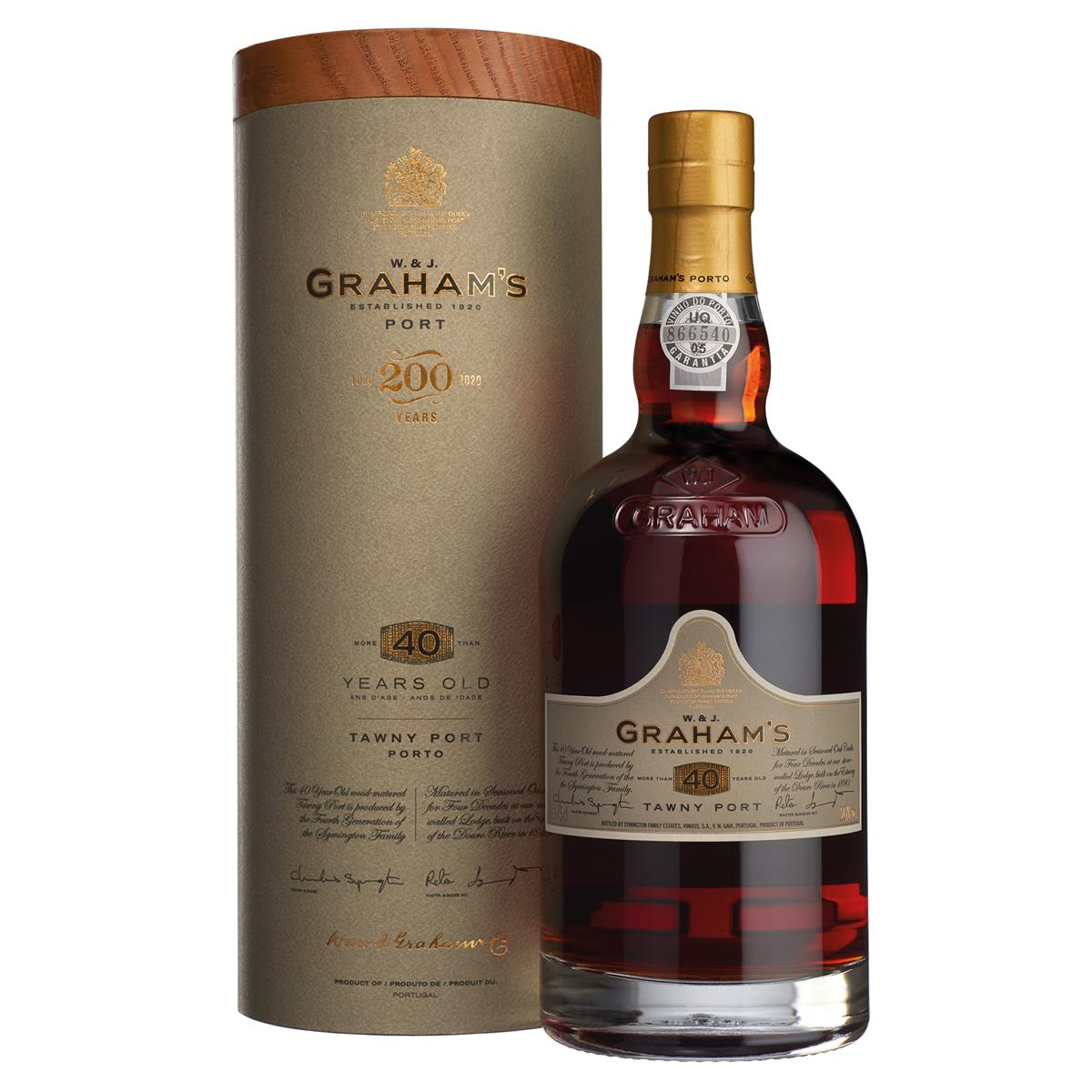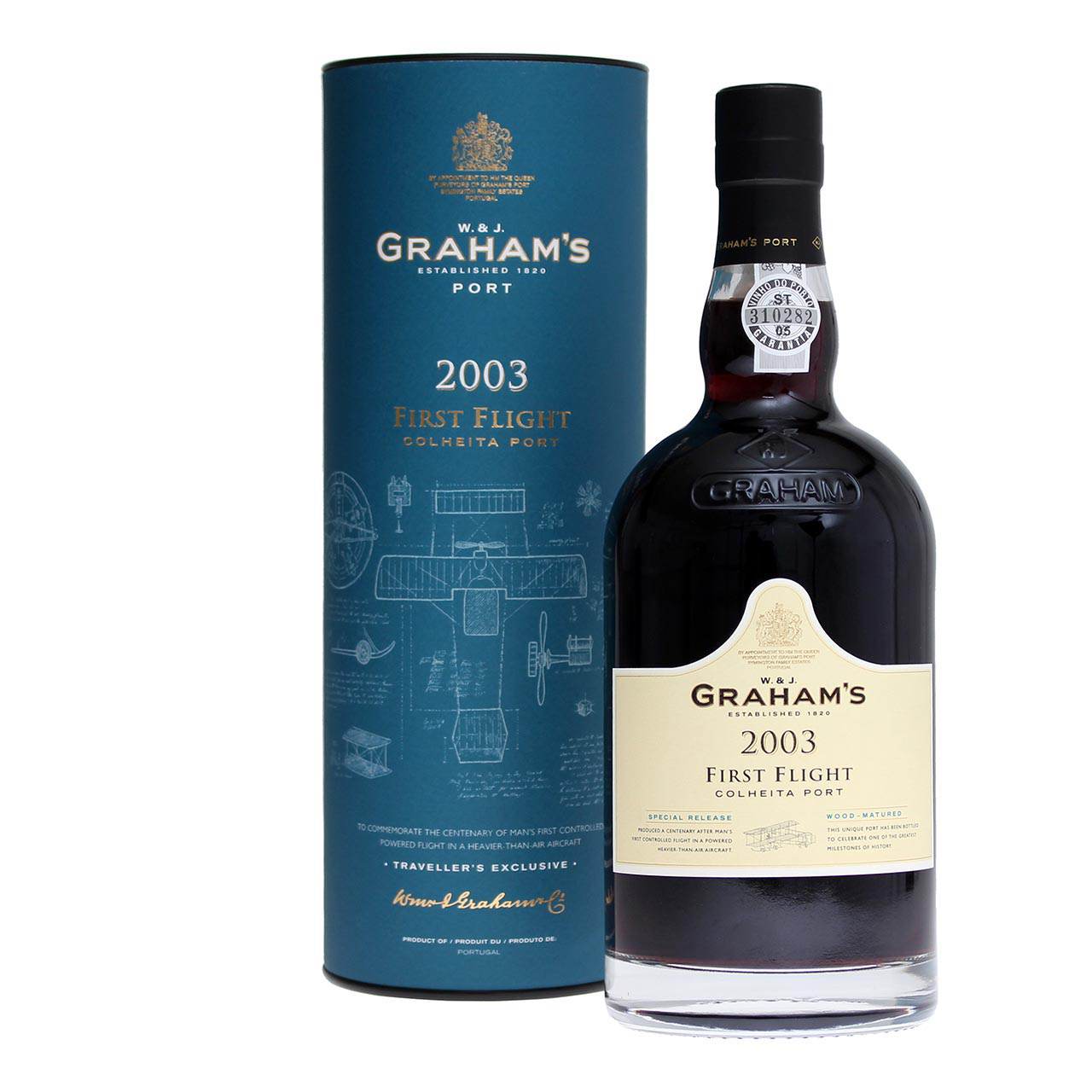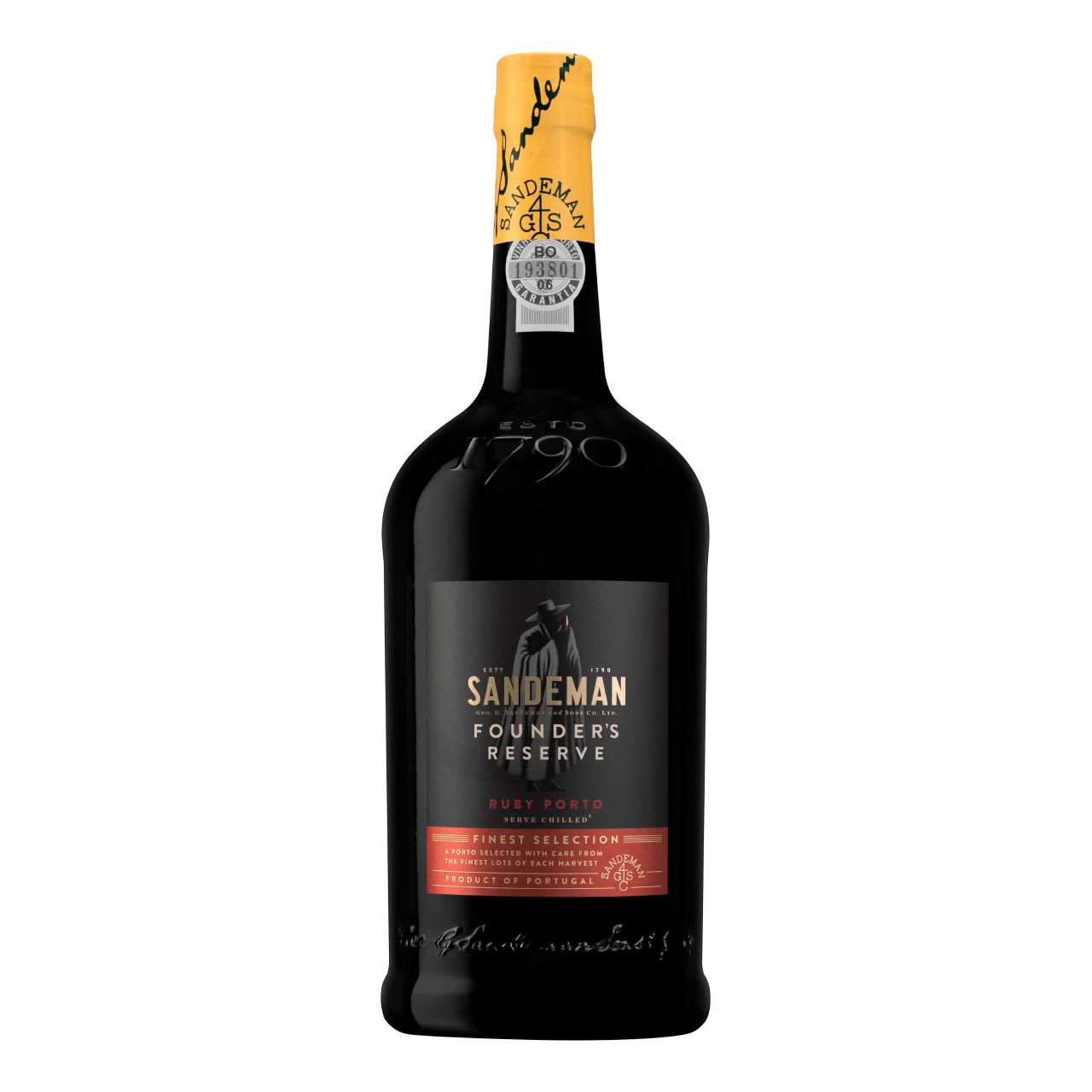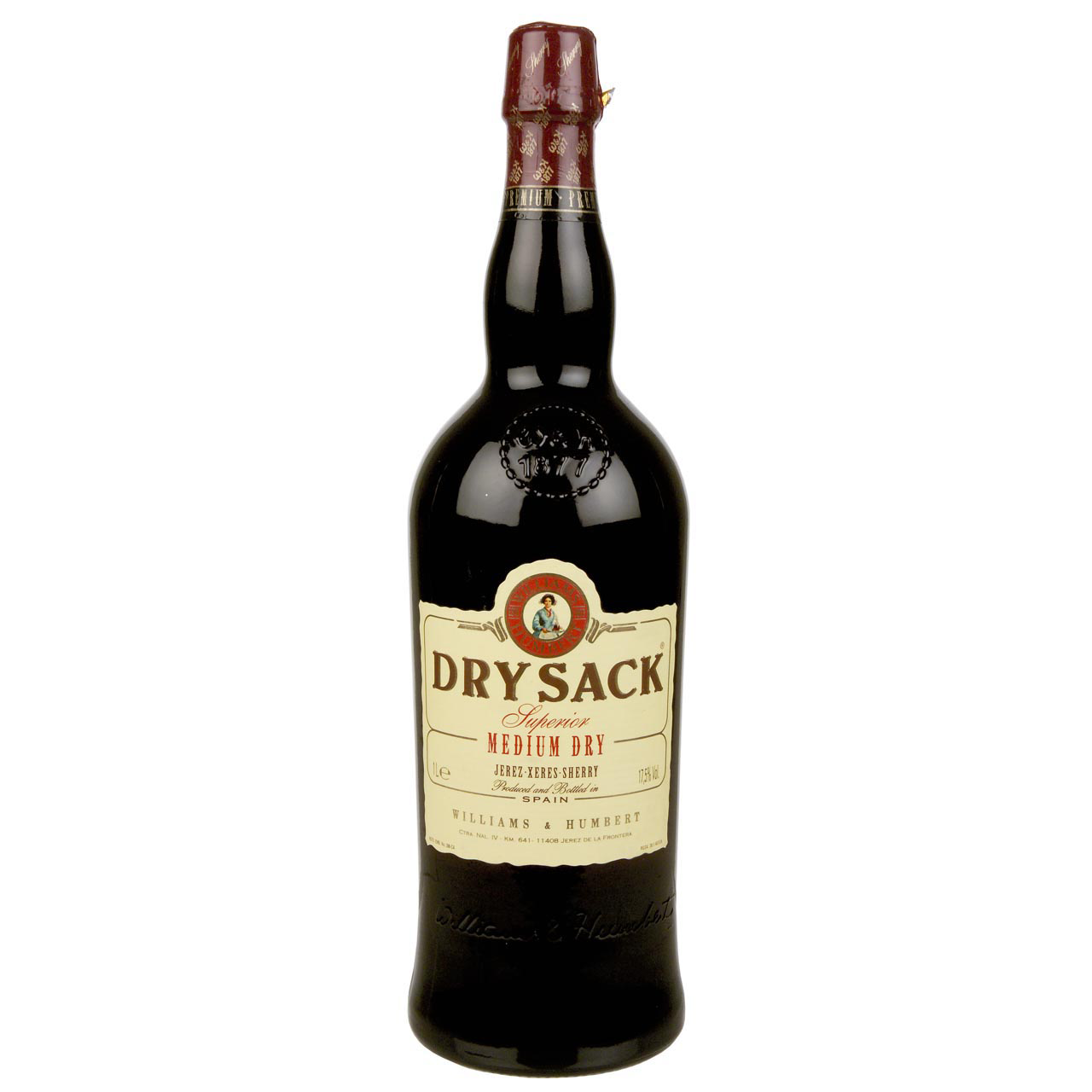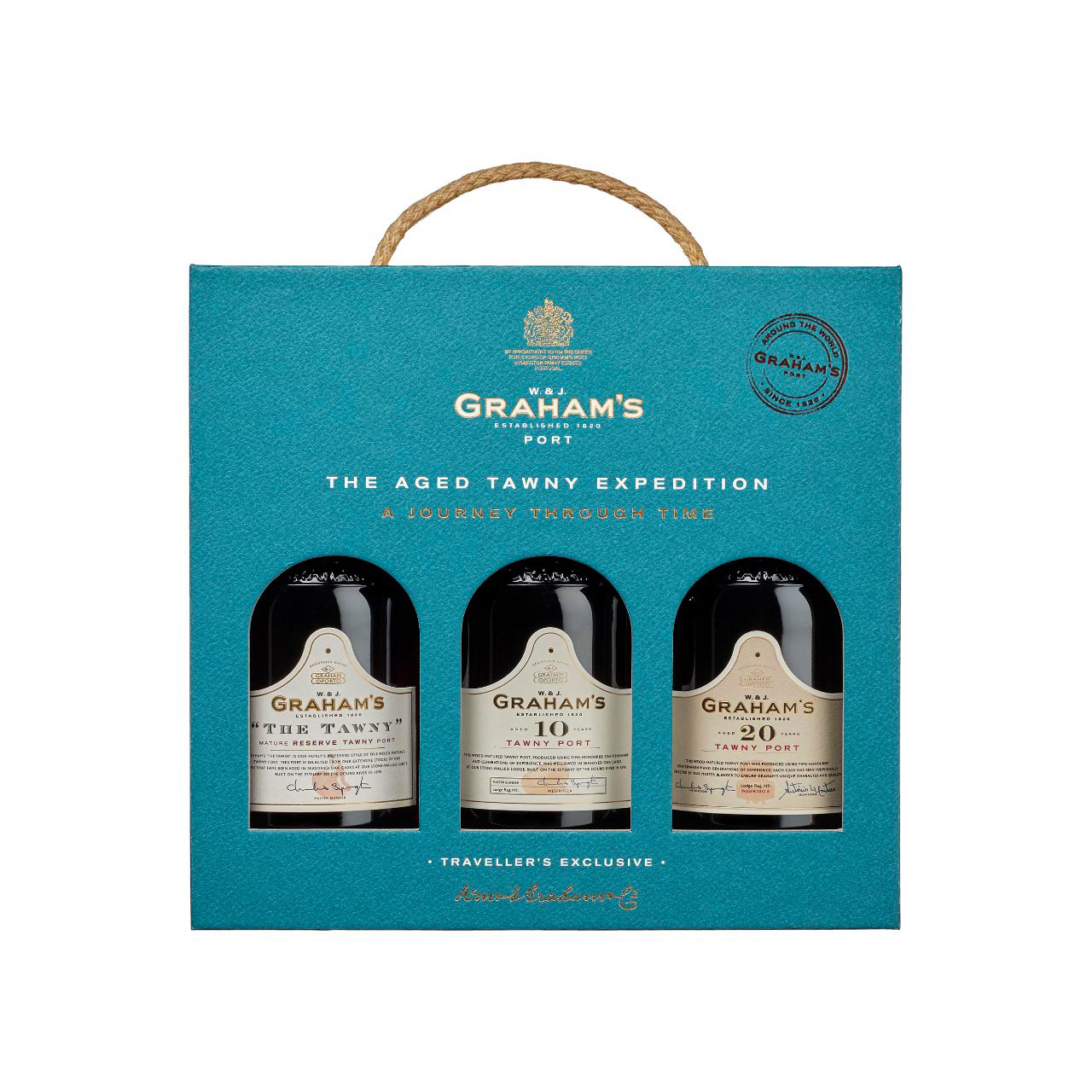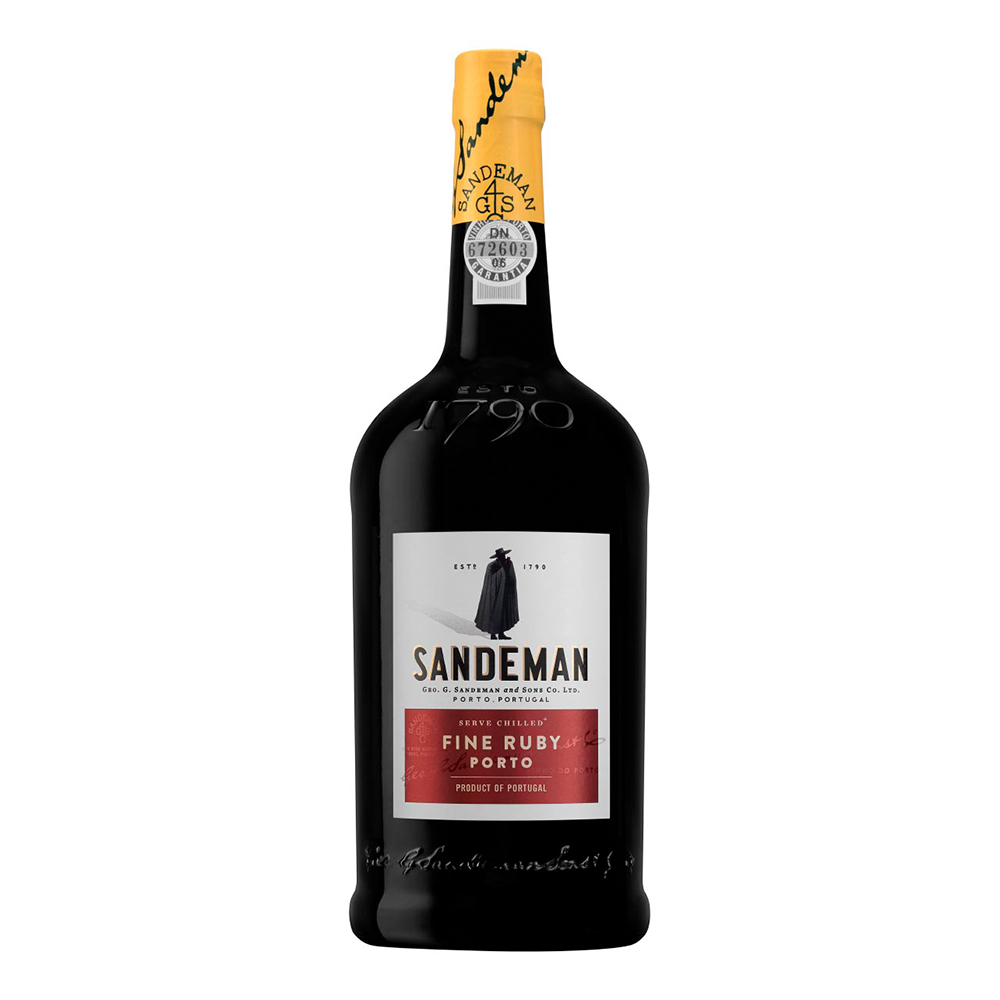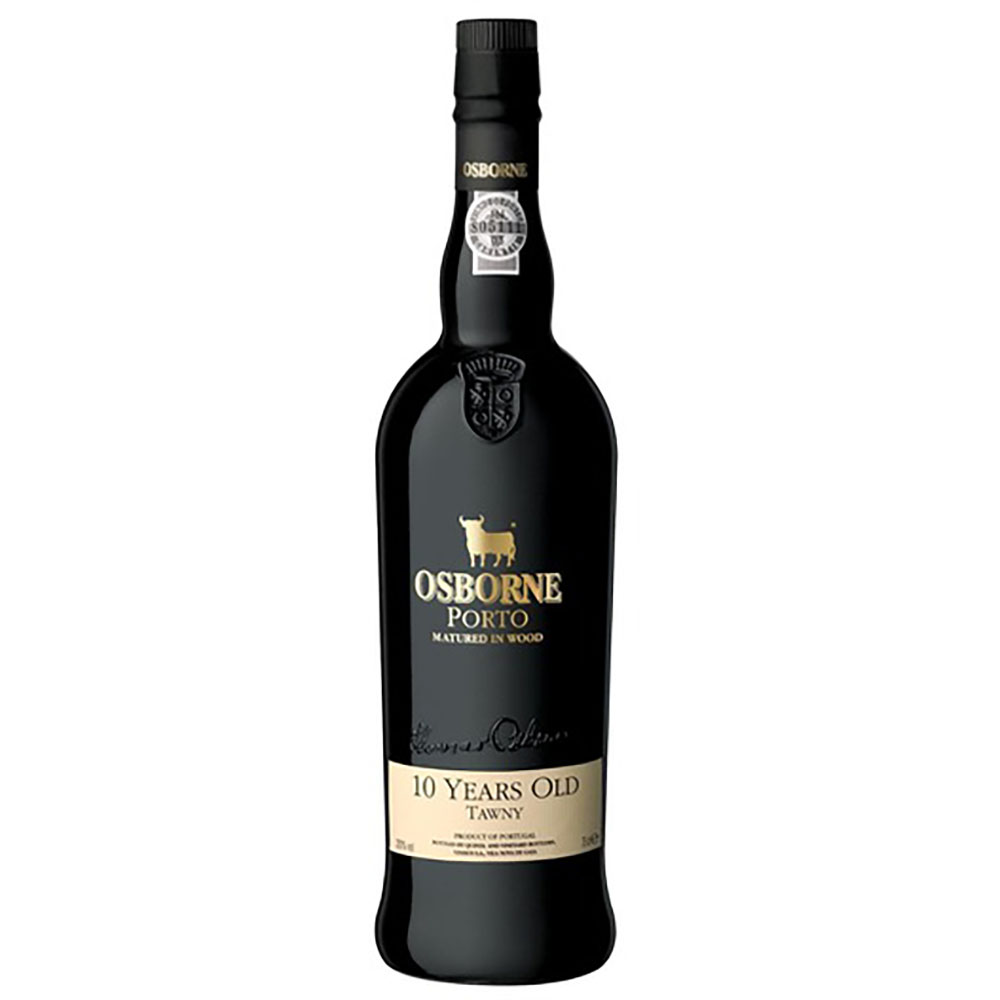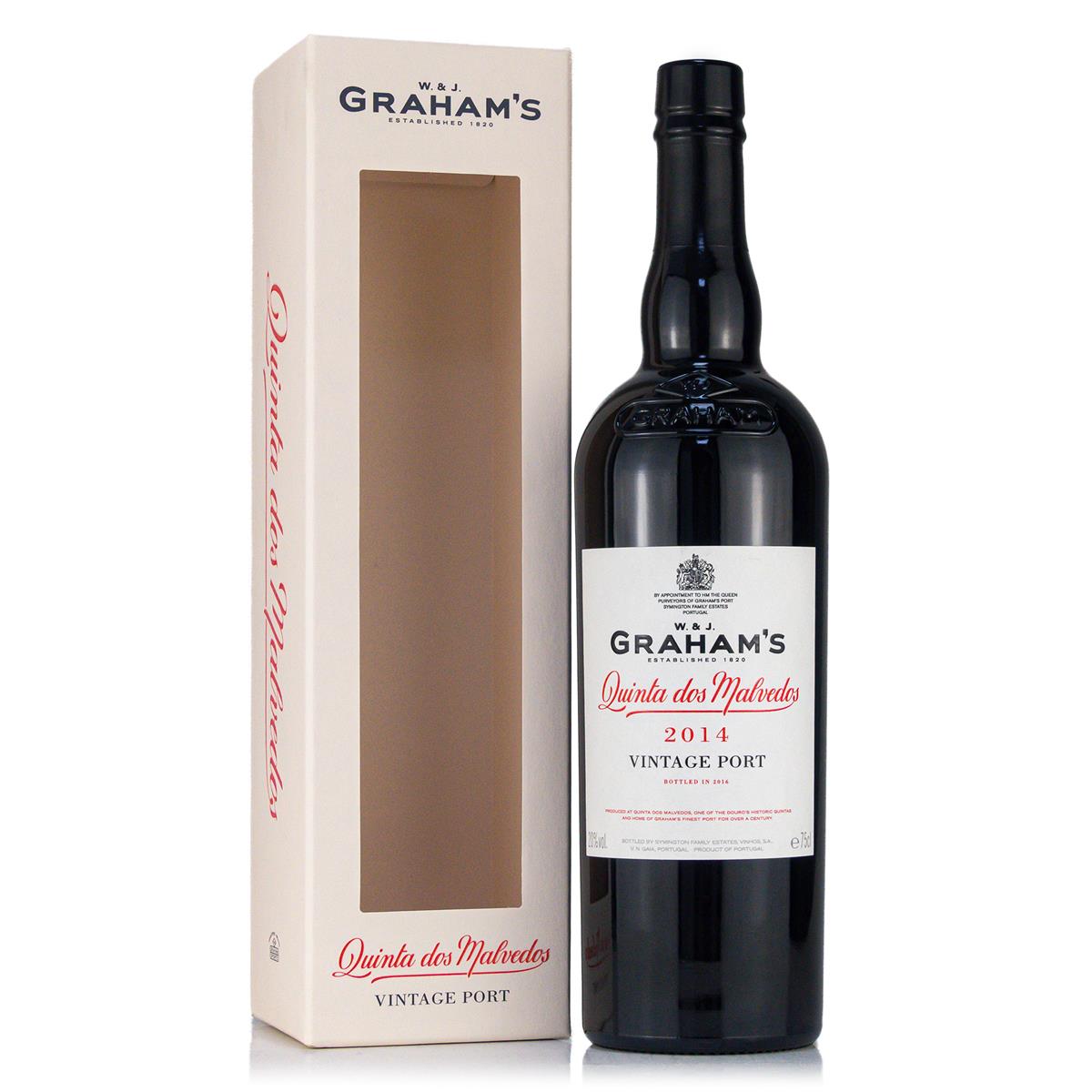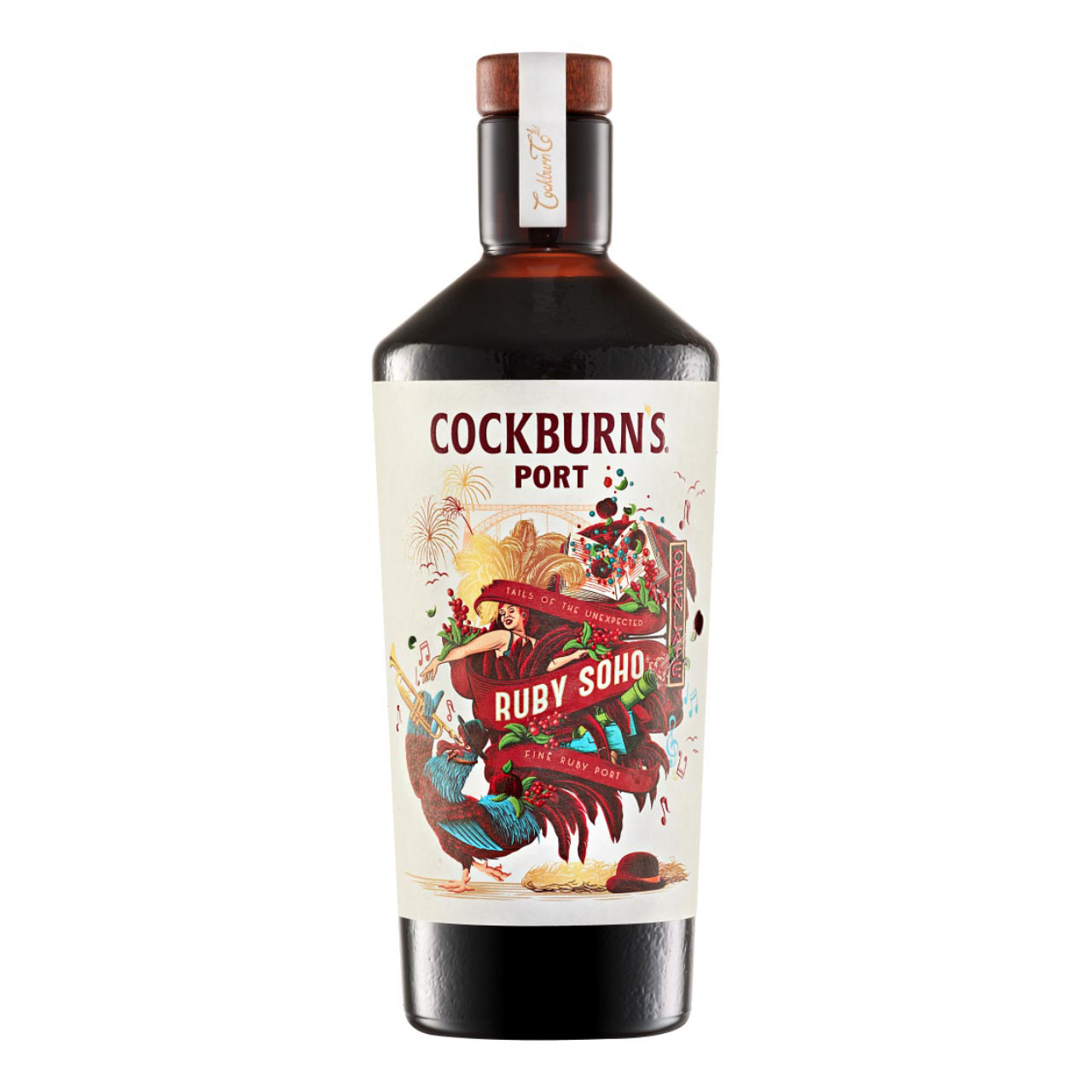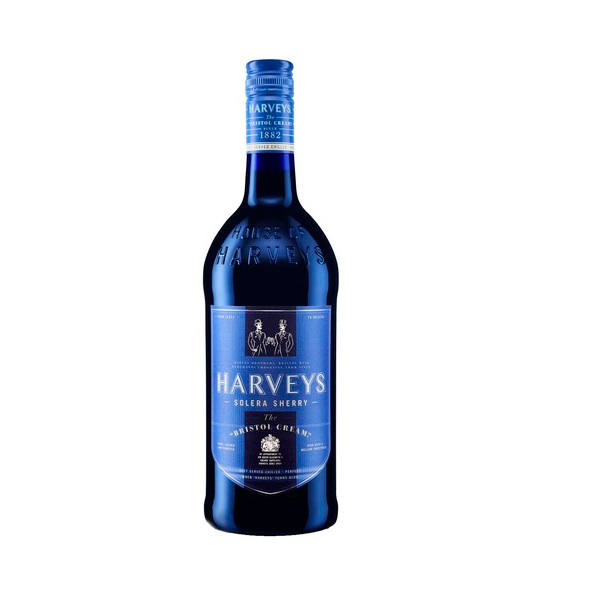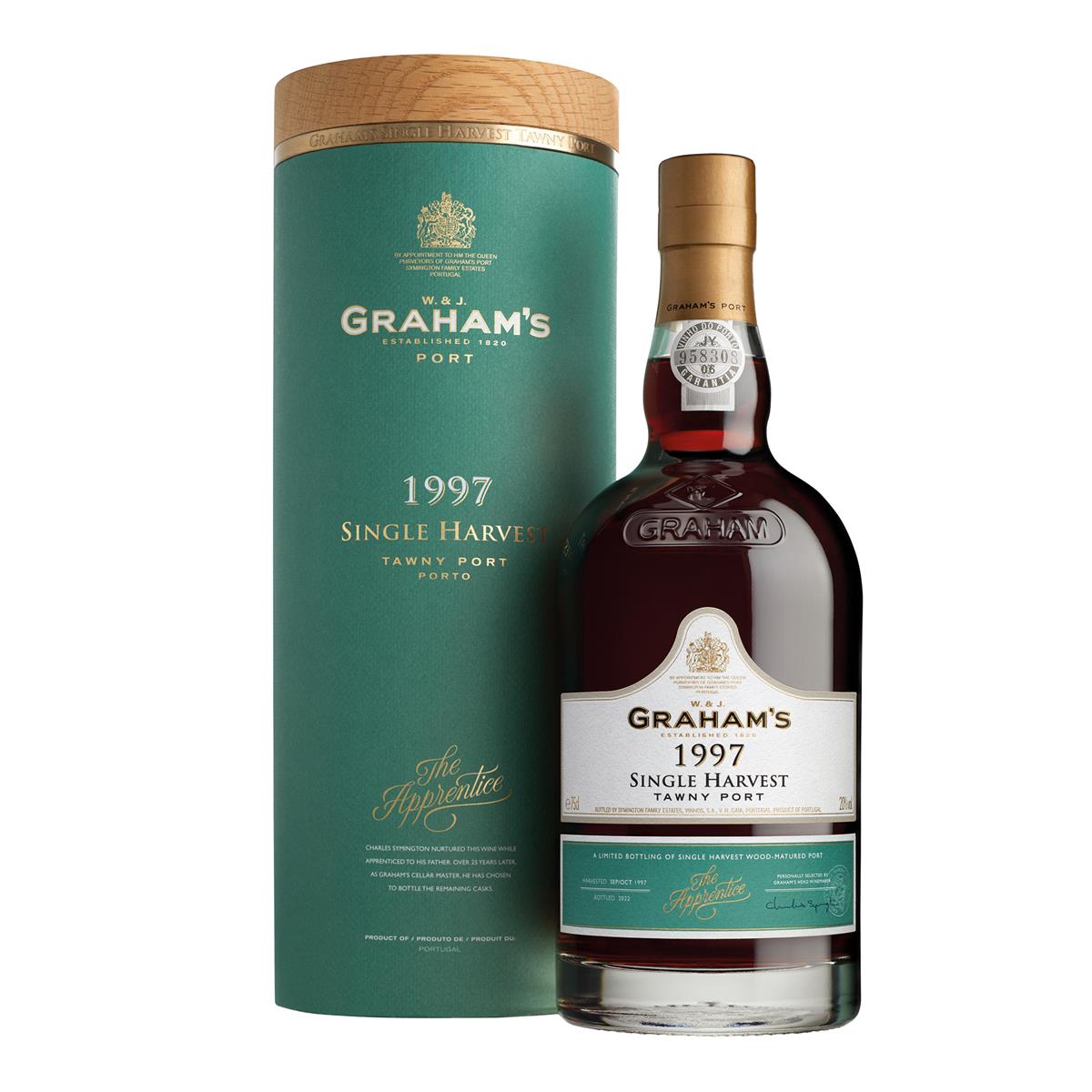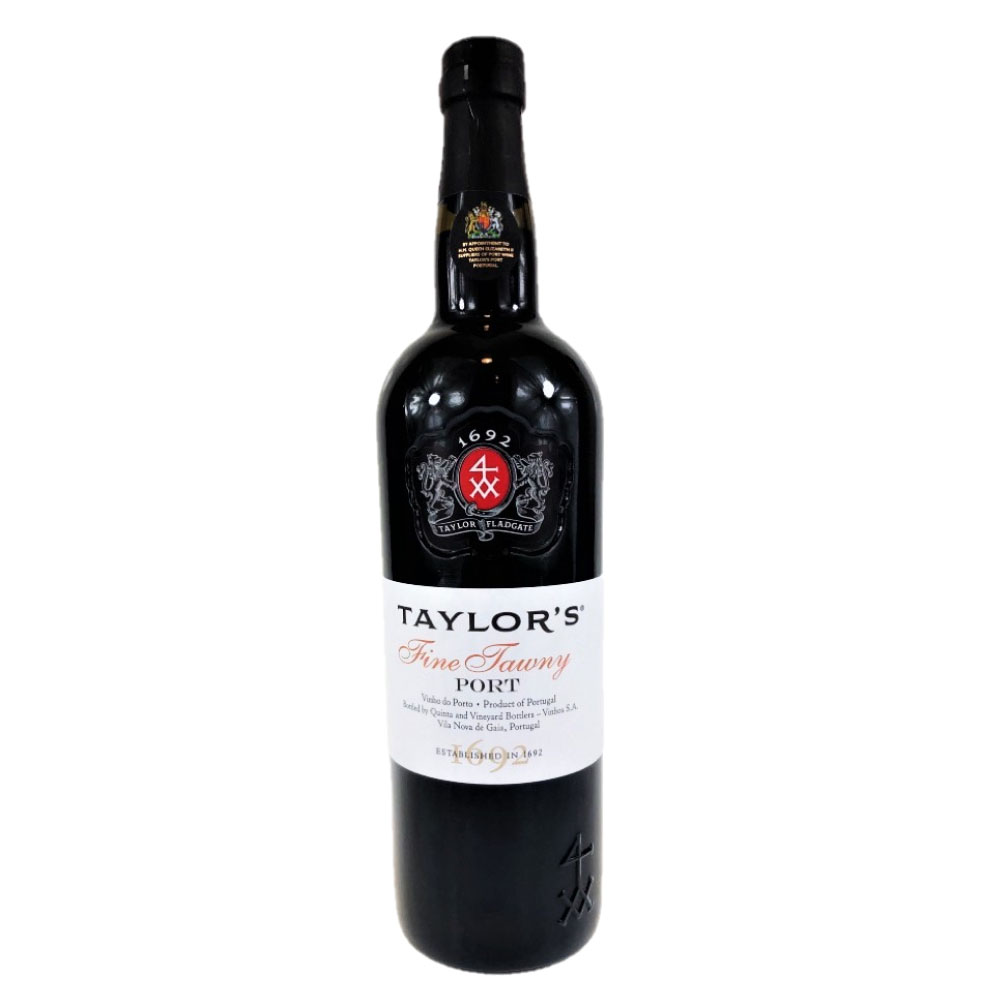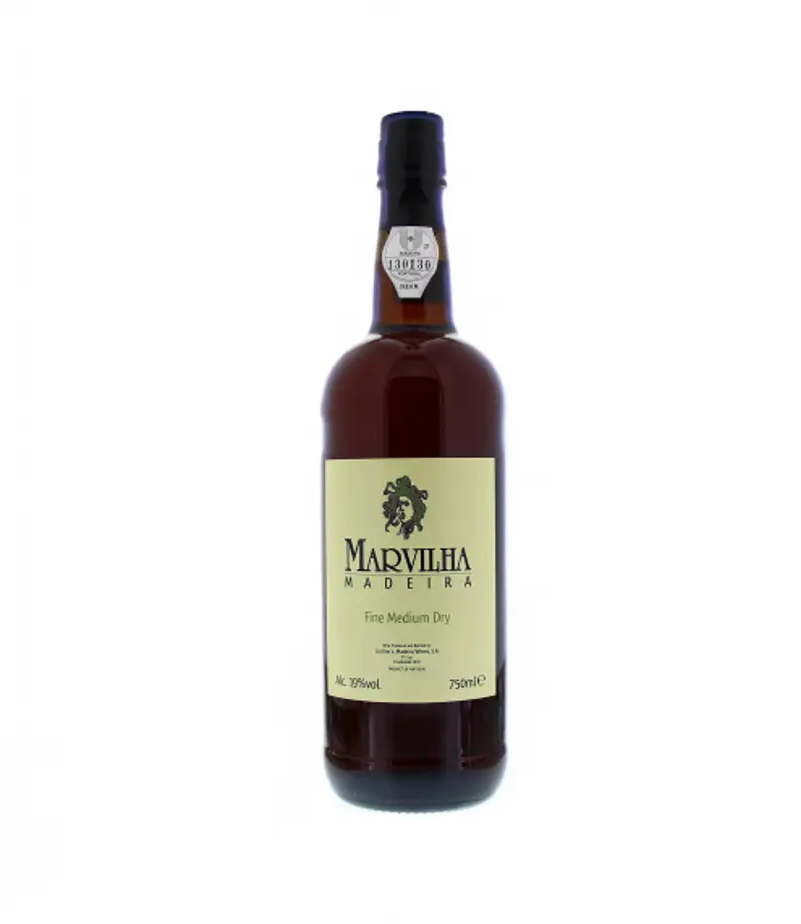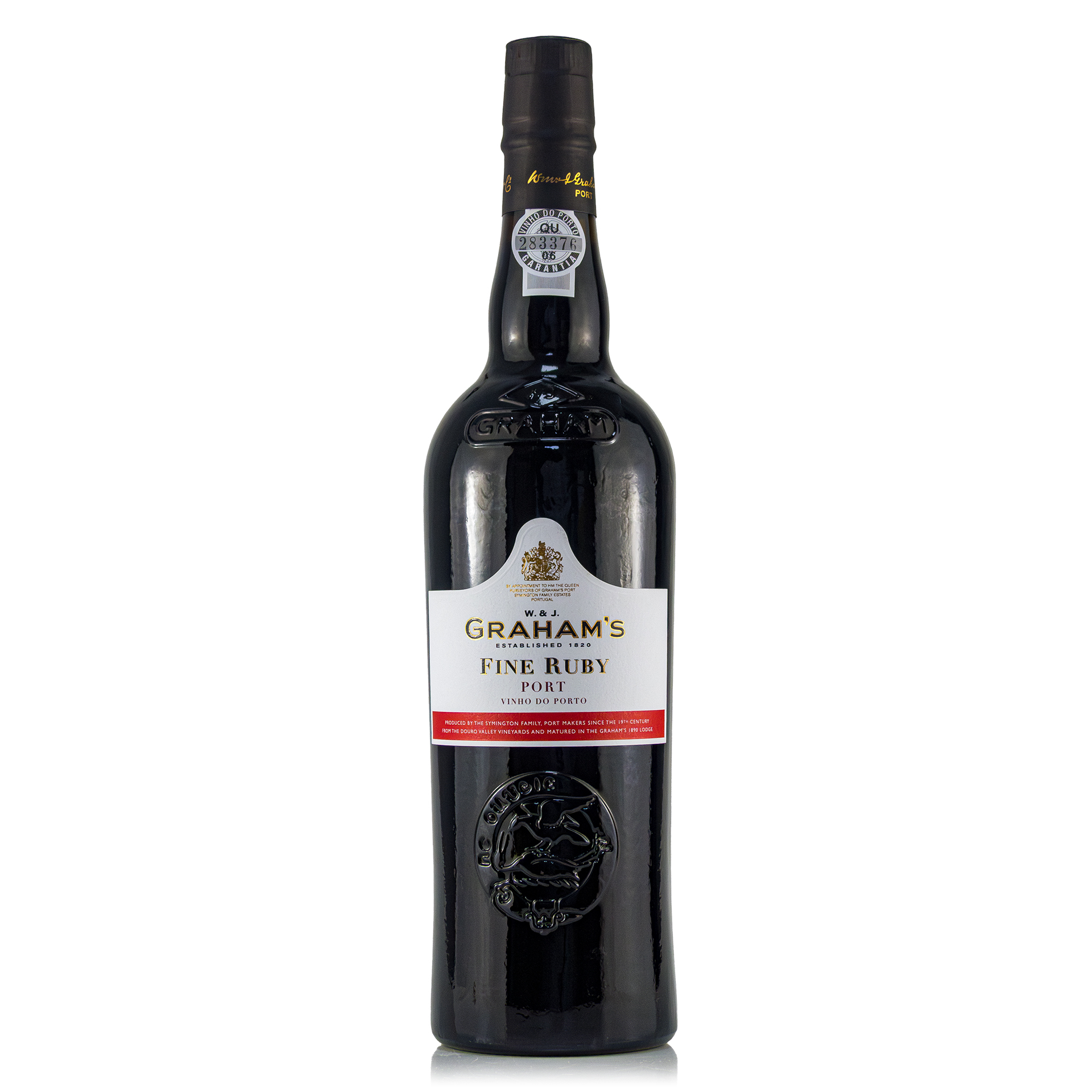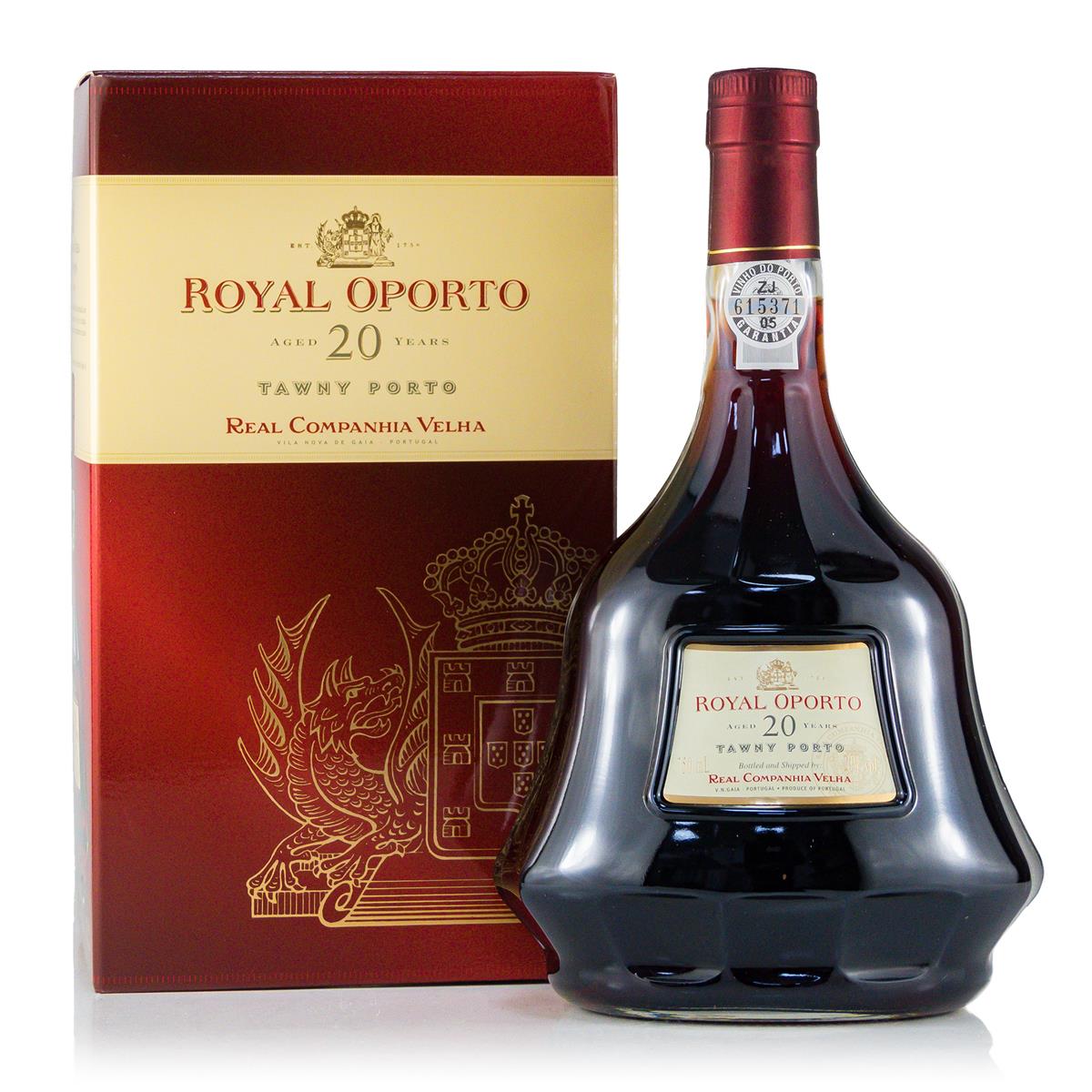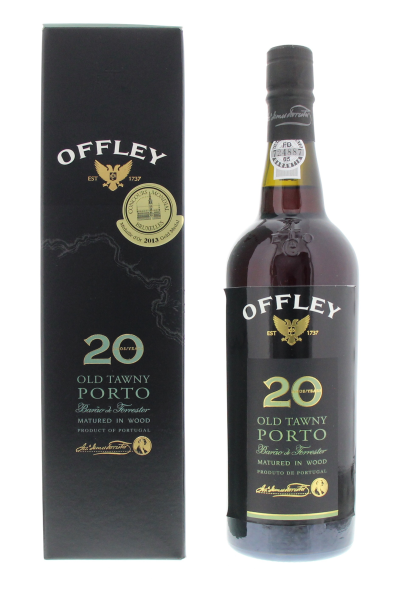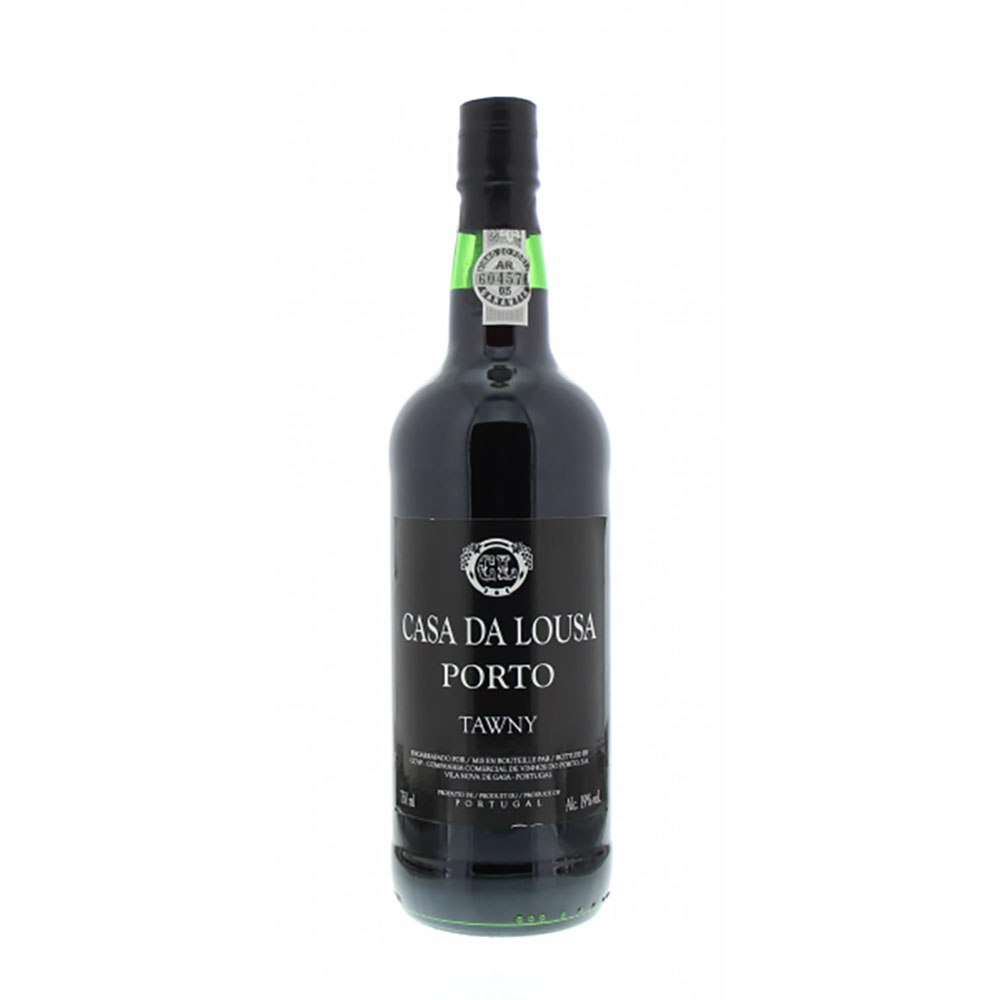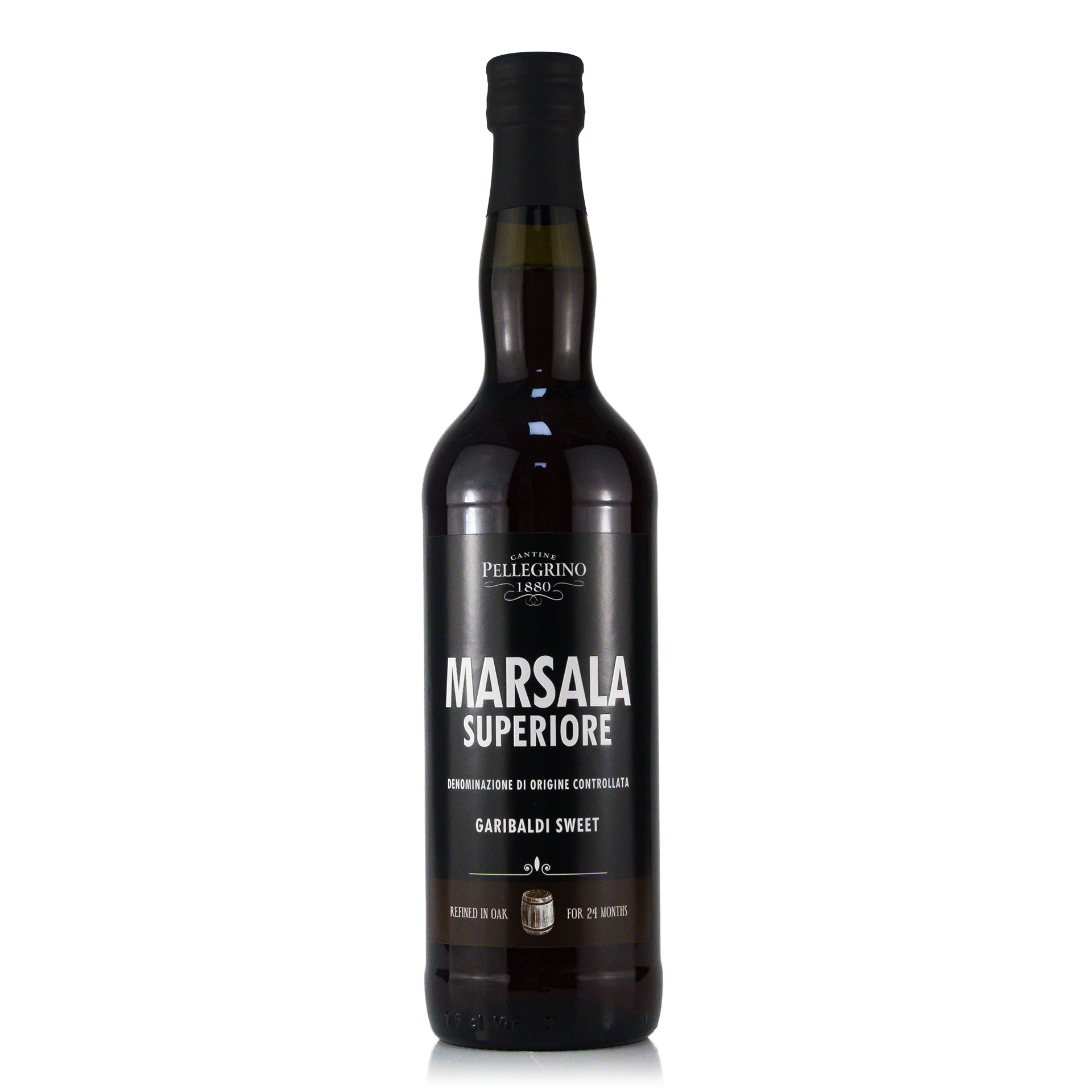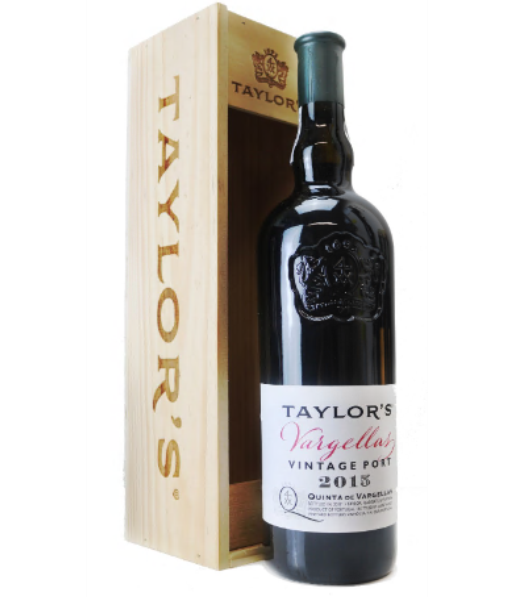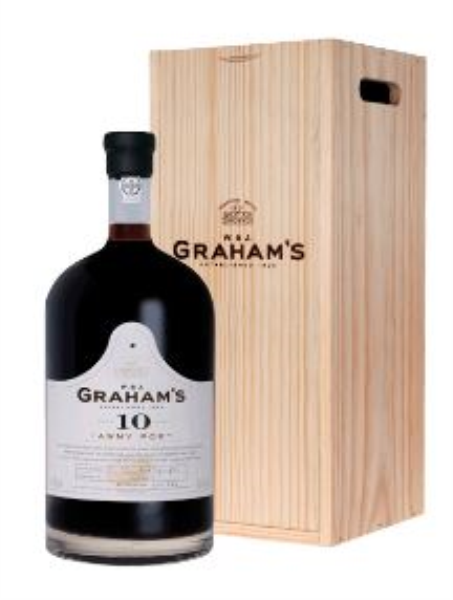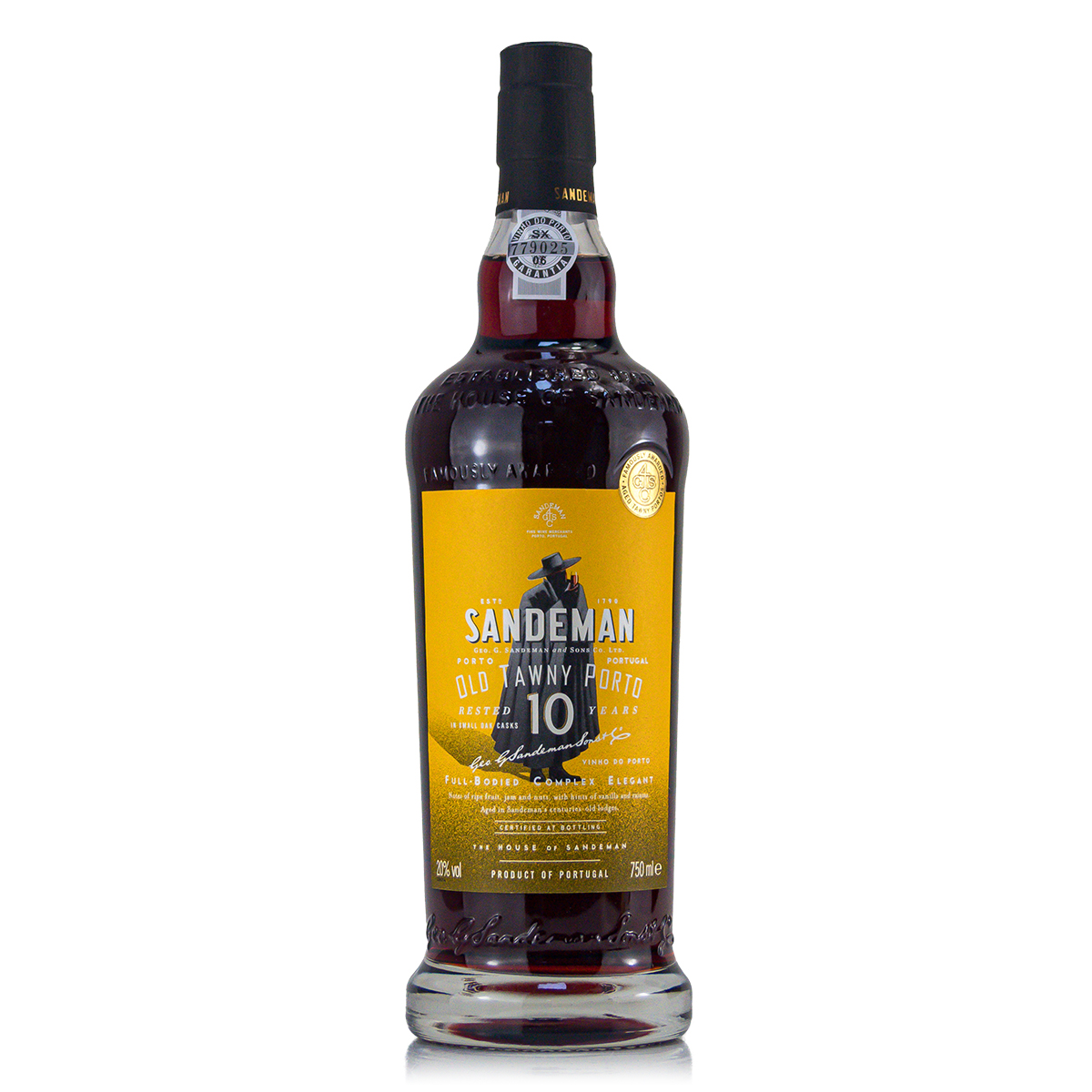Port Wine & Sherry
Discover an exquisite selection of port wines and sherries, from pleasantly dry to fruity sweet. read more
46 Products
Average rating of 5 out of 5 stars
0.75 Liter (€47.87* / 1 Liter)
incl. VAT plus shippingAverage rating of 4 out of 5 stars
0.75 Liter (€22.53* / 1 Liter)
incl. VAT plus shippingAverage rating of 5 out of 5 stars
0.75 Liter (€27.27* / 1 Liter)
incl. VAT plus shippingAverage rating of 5 out of 5 stars
0.75 Liter (€29.27* / 1 Liter)
incl. VAT plus shippingAverage rating of 5 out of 5 stars
0.75 Liter (€27.33* / 1 Liter)
incl. VAT plus shippingAverage rating of 5 out of 5 stars
0.75 Liter (€100.67* / 1 Liter)
incl. VAT plus shippingAverage rating of 5 out of 5 stars
0.75 Liter (€25.27* / 1 Liter)
incl. VAT plus shippingAverage rating of 5 out of 5 stars
0.75 Liter (€185.27* / 1 Liter)
incl. VAT plus shippingAverage rating of 5 out of 5 stars
0.75 Liter (€43.87* / 1 Liter)
incl. VAT plus shippingAverage rating of 5 out of 5 stars
incl. VAT plus shipping
0.75 Liter (€18.00* / 1 Liter)
incl. VAT plus shippingAverage rating of 5 out of 5 stars
0.6 Liter (€49.92* / 1 Liter)
incl. VAT plus shippingAverage rating of 3 out of 5 stars
0.75 Liter (€28.67* / 1 Liter)
incl. VAT plus shipping0.75 Liter (€15.33* / 1 Liter)
incl. VAT plus shippingAverage rating of 5 out of 5 stars
incl. VAT plus shipping
0.75 Liter (€35.33* / 1 Liter)
incl. VAT plus shipping0.75 Liter (€43.93* / 1 Liter)
incl. VAT plus shipping0.75 Liter (€23.93* / 1 Liter)
incl. VAT plus shipping0.75 Liter (€23.33* / 1 Liter)
incl. VAT plus shippingAverage rating of 5 out of 5 stars
0.75 Liter (€146.60* / 1 Liter)
incl. VAT plus shippingAverage rating of 5 out of 5 stars
0.75 Liter (€16.67* / 1 Liter)
incl. VAT plus shipping0.75 Liter (€17.20* / 1 Liter)
incl. VAT plus shipping0.75 Liter (€17.27* / 1 Liter)
incl. VAT plus shipping0.75 Liter (€19.93* / 1 Liter)
incl. VAT plus shipping0.75 Liter (€17.32* / 1 Liter)
incl. VAT plus shipping0.75 Liter (€39.93* / 1 Liter)
incl. VAT plus shipping0.75 Liter (€53.20* / 1 Liter)
incl. VAT plus shipping0.75 Liter (€17.27* / 1 Liter)
incl. VAT plus shipping0.75 Liter (€55.93* / 1 Liter)
incl. VAT plus shipping0.75 Liter (€14.00* / 1 Liter)
incl. VAT plus shipping0.75 Liter (€14.00* / 1 Liter)
incl. VAT plus shipping0.75 Liter (€14.53* / 1 Liter)
incl. VAT plus shipping0.75 Liter (€16.67* / 1 Liter)
incl. VAT plus shipping0.75 Liter (€11.93* / 1 Liter)
incl. VAT plus shipping0.75 Liter (€23.33* / 1 Liter)
incl. VAT plus shipping0.75 Liter (€76.67* / 1 Liter)
incl. VAT plus shippingAverage rating of 5 out of 5 stars
4.5 Liter (€55.99* / 1 Liter)
incl. VAT plus shipping0.75 Liter (€10.60* / 1 Liter)
incl. VAT plus shipping0.75 Liter (€30.00* / 1 Liter)
incl. VAT plus shippingBuying advice Port & Sherry
Port wine and sherry are two exquisite types of wine that occupy a very special place in the world of spirits. In this buying guide, we would like to give you an overview of these fine wines, explain important background information and answer any questions you may have when buying them.
Port wine: The strong pleasure from Portugal
Port wine is a sweet wine from the Douro Valley in Portugal. It takes its name from the city of Porto, where it matures and is shipped. "Vintage Port" refers to rare and high-quality top-class port wines. Only exceptional vintages are designated as vintage.
A rich history and a unique variety of flavors make it a fascinating pleasure experience.
Sherry: Spanish elegance from Andalusia
Sherry is a Spanish white wine from Andalusia that undergoes a special ageing process. It is made from dry white wines from the Palomino grape variety with the addition of brandy.
During maturation, it develops a characteristic aroma of almonds and yeast. The protected designation of origin "Jerez-Xérès-Sherry (D.O.)" guarantees the origin from the Andalusian city triangle of Jerez de la Frontera, Sanlúcar de Barrameda and El Puerto de Santa María.
Which port wine / sherry is recommended? Our top 5
1st place: Grahams 20 year old Tawny Port
Graham's 20 year old Tawny Port impresses with its nutty aroma and notes of ripe fruit with a hint of orange peel. After 20 years of ageing in oak barrels, it is full-bodied, soft and sweet, with a balanced smoothness and a long, elegant finish.
2nd place: Grahams White Port
The Graham's Extra Dry White Port, which is remarkably dry due to the high sugar conversion during fermentation, impresses with its selected white grapes, especially Malvasia Fina, which give it a fruity, fresh character. The pale yellow color in combination with the dry, fruity taste and floral aromas lead to a long, crisp finish.
3rd place: Grahams Travel Pack
Graham's Tawny Travel Pack offers Port wine lovers an exquisite selection of Tawny Ports.
Graham's The Tawny Reserve Port is the epitome of elegance with a complex bouquet of ripe fruit, raisins, toffee, roasted nuts and chocolate, leading to an impressive finish.
Graham's 10 Years Old Tawny has a deep yellow-brown color and reveals complex nutty nuances on the nose, accompanied by honey and figs, followed by a rich, sweet and long-lasting taste experience on the palate.
Graham's 20 Years Old Tawny shimmers elegantly in light amber and unfolds a variety of aromas, characterized by mandarins, nuts and roasted almonds. On the palate, it unfolds an expressive palette of honey-sweet fruits and fine nuances of roasted toffee. Its smooth texture leads to a seductive, long-lasting finish.
4th place: Taylors 10 years
The Taylors 10 years tawny matures in old oak barrels and impresses with its amber-coloured elegance and aromatic complexity. On the palate, it combines velvety elegance with deep wood tones and ripe berries, accentuated by fine notes of chocolate, caramel and fine oak. The long, seductive finish underlines the exquisite finesse of this Tawny Port.
Place 5: Graham's 40 years
This noble rarity, which has matured in oak barrels for over four decades, is a masterful blend of wines from several generations. Its impressively long finish reflects both its age and its outstanding quality. This Graham's 40 years tawny captivates with its complex aromas, ranging from fine fruits and raisins to roasted toffee and chocolate, topped off with an exceptional finish.
Top 3 port wines for beginners
1st place: Grahams 10 years
This Tawny impresses with its deep, yellow-brown color and its complex, nutty aromas, which are complemented by fine honey and fig tones. On the palate, it develops a rich fruit aroma, softness and a long finish.
2nd place: Grahams Blend No.12
Blend Nº12 is a groundbreaking innovation among Ruby Ports, designed for blending. Harvested in the vineyards at night, this blend maximizes freshness and lightness. With only 19% alcohol, it offers a refreshing and delicate profile. Its lively freshness and complex aroma are the result of high-altitude cultivation, careful harvesting and cool fermentation.
3rd place: Sandeman Fine Ruby
A symbol of quality, fascinating with its ruby red color and classic production. Combining power and robustness with impressive depth and finesse, this port is a masterpiece of blending different wines from the extensive Sandeman range. Full-bodied and rich on the palate, it is balanced with smooth and vibrant notes of fresh plums and red fruits.
The most popular port brands
Grahams
Grahams, founded in 1820, is the quintessence of exceptional port wines. Tradition and innovation merge in sustainable wine production with local grape varieties.
The vineyards of the four unique wineries produce unique wines. Quinta dos Malvedos, their specialized winery, perfects the unique character of each harvest year after year. A journey of pleasure that never ends.
Taylors
Taylor's has stood for the finest port wine since 1692. As an independent port house, Taylor's is committed to tradition and quality.
With a focus on vintage ports and iconic quintas such as Vargellas, Terra Feita and Junco, Taylor's sets the standard for elegance and longevity.
The family roots strengthen personal relationships with grape suppliers and customers worldwide, while sustainable viticulture secures the future of the Douro Valley and the Port.
Taylor's is a commitment to excellence and a guardian of the Port wine heritage passed down from generation to generation.
Sandeman
Founded in 1790 by George Sandeman, the history of this legendary wine house began. As early as 1805, Sandeman introduced the branding of wooden barrels, a pioneering idea for quality and guarantee of origin.
Since 1811, more than 2,000 barrels have been stored in Sandeman's port wine cellars in Vila Nova de Gaia. In the 19th century, Sandeman established itself as the largest port wine supplier and created the "Aged Tawny Port". The iconic image of "The Don" was created in 1928 and is now an integral part of the brand logo.
Sandeman has shaped the world of port wine with innovation and tradition.
Port wine varieties and their differences
Porto Tawny
Tawny Port, a popular port wine variety, is first matured in large barrels before being transferred to smaller wooden barrels, known as pipas. This is where it develops its characteristic yellow-brown color and aromas of nuts, candied fruit and dried fruit.
The age indications on the bottles, such as 10, 20, 30 or 40 years, refer to the average age of the wine contained. Tawny Ports are ready to drink when bottled and should not be stored for long.
They are soft, harmonious and easy to drink. There are also special vintage tawnies, known as colheitas, which come from a single vintage and offer an even more intense taste experience.
Ruby Port
Ruby Port is the most frequently produced port wine, which shines fresh and youthful in bright red.
Unlike Vintage Port, which comes from a single vintage, Ruby Port is a blend of young wines from different vintages that have been matured for two to three years in cement or steel tanks to preserve their freshness. Before bottling, it is filtered and pasteurized so that it does not change over time.
The name "Ruby" stands for youthful strength and lively fruit aromas. There is also a more intense version, the Reserve Ruby Port, which is matured for 3-4 years and offers a fuller taste. Ruby Port is a fruity adventure in bright red.
Vintage Ports
Vintage Port is the essence of an exceptional vintage, carefully bottled to age for decades. Only around 2% of Port wines are classified as Vintage Port and are subject to strict selection.
These wines are bottled young and develop an astonishing complexity over time. The decision to declare a Vintage Port as such is made shortly after the harvest and must be bottled no later than the third year after the vintage.
A true Vintage Port is characterized by a perfect balance between sweetness, tannins and acidity, without flaws or imperfections. These wines have the potential to age for 50 to 80 years or even longer, developing a wide range of aromas, from fruit and spices to earthy and caramelized notes.
Each renowned Port winery has its own distinctive style of Vintage Port, but all share the common goal of achieving exceptional quality.
Late Bottled Vintage Ports
The Late Bottled Vintage (LBV) is a refined interpretation of the traditional Vintage Port. Originally conceived as a Vintage Port for ageing in the bottle, the LBV is matured for longer in the barrel, resulting in two elegant styles: the filtered, which promises immediate enjoyment, and the unfiltered, which is characterized by additional complexity.
This expressive Port, bottled four to six years after the harvest, offers the essence of a Vintage Port combined with accelerated maturation - a testimony to the best Port wine tradition for contemporary enjoyment.
Differences between port and sherry
Port wine and sherry differ in many ways, from their origins and production methods to their unique flavor profiles.
Origin
Port wine comes from the Douro region in Portugal.
Sherry from the Andalusian region in Spain, in particular from Jerez de la Frontera, Sanlúcar de Barrameda and El Puerto de Santa María.
Manufacture
For the production of port wine, grape varieties such as Malvasia Fina, Codega and Rabigato are used for white port wine and grape varieties such as Touriga Nacional, Tinta Barroca and others for red port wine.
Sherry is mainly made from the Palomino Fino grape variety, while Pedro Ximénez is used for sweet sherries.
Brandy is added to both port wine and sherry, but they are matured and stored in different ways.
- Port wine matures for a minimum of two and a maximum of six years in wooden barrels.
- Sherry, on the other hand, undergoes a complex solera system in which wines from different maturation phases are blended together, giving sherry its unique, non-vintage character.
Flavor
Port wine is known for its aromas of raspberries, blueberries, caramel and chocolate and can be sweet or dry, depending on the variety.
Sherry has flavors of lemon, salt, Brazil nut and almond and varies from dry Fino to sweet Pedro Ximenez.
Which port wine is suitable as a dessert wine?
Tawny Port is undoubtedly an excellent dessert companion among port wines. Its unmistakable profile with aromas of dried fruit, nuts and caramel make it ideal for sweet temptations.
A poem of pleasure unfolds, for example, when served with a delicate caramel pudding and a creamy vanilla sauce. The combination of sweet dates in the pudding and the seductive nuances of the Tawny Port is simply heavenly.
Which port wine is used for port tonic?
For a perfect port tonic, white port wine is recommended, either dry (seco) or very dry (extra seco), depending on personal taste. It gives the drink its characteristic freshness and balance.
Recipe: Port Tonic
Ingredients:
- 1 part (5 cl) white port wine
- 2 parts (10 cl) high-quality tonic water
Preparation:
- Start with an elegant long drink or highball glass filled with ice cubes.
- Now carefully pour 5 cl of your chosen port wine over the ice. We recommend a white port wine here to give the drink a subtle dryness. Alternatively, you can also use red port wine to add a slightly sweet note.
- Then add a generous 10 cl of tonic water to give the mix a sparkling freshness. Stir briefly but thoroughly.
- To give the port tonic the finishing touch, a slice or the peel of a fresh grapefruit is added. This gives the drink an invigorating touch of freshness and aroma.
Thanks to its low alcohol content, it is suitable as an aperitif, for summery moments of pleasure or as a gentle start to the night.
Port wine and cigar pairing
In the world of exquisite pleasures, taste and sophistication often come together in a harmonious liaison. The combination of the finest port wine and exquisite cigars offers such a pairing of rich sensuality.
Graham's 20 year old Tawny Port, a masterpiece of port winemaking, is an example of this exquisite symbiosis and indulges the senses with its high complexity and subtle notes of mandarins, nuts and roasted almonds.
It is accompanied by the Joya de la Romana, a typical Dominican cigar of outstanding quality.
Made from fine tobaccos and wrapped in a flawless wrapper leaf, these puros are not only a pleasure to taste, but also to look at.
Together they form a harmonious duo that provides discerning connoisseurs with unforgettable moments of relaxation and enjoyment.
Questions & answers about port and sherry
How is port wine made?
Port wine, also known as "Vinho do Porto", is traditionally produced in Portugal's Douro Valley from hand-picked grapes that are pressed into must and then fermented. During fermentation, high-proof alcohol is added to stop the fermentation and preserve the sweet taste of the port wine.
How do you drink port wine?
Port wine is served at room temperature or slightly chilled. It can be decanted to remove the sediment. Enjoy it in a port wine glass, take your time to smell and taste it and combine it with cheese, chocolate or desserts. Port wine is ideal as a digestif or for social occasions.
What food goes well with port wine?
Port wine is a versatile accompaniment to many dishes. Here are a few recommendations:
- Ruby Port or Late Bottle Vintage (LBV): These fruity ports go well with cheese platters, chocolate cake or dark chocolate mousse.
- Tawny Ports: These mature ports go well with foie gras on toast as a starter or with mature pecorino for dessert.
- Vintage Port: This high-quality port wine harmonizes excellently with blue cheeses such as Stilton, Roquefort or Gorgonzola. Dried fruit such as figs or apricots are also a good choice.
What is the shelf life of port wine?
Port wine is known for its long shelf life and can be stored for many years or even decades. The exact shelf life depends on the type of port. Tawny Ports and Vintage Ports often have a longer storage potential, while Ruby Ports and simpler varieties have a shorter shelf life. It is important to store Port wine in a cool, dark place and to drink it within a few weeks of opening, as it ages more quickly when exposed to air. Vintage Ports, however, can develop positively over many years.
How is port wine stored?
Port wine should be stored horizontally at a constant temperature between 12 and 18 degrees Celsius to keep the cork moist and prevent unwanted oxidation. Dark storage locations are ideal and a moderate humidity of around 70% is recommended. Once opened, port wine should be consumed within a few weeks, preferably stored in the refrigerator with a vacuum pump stopper.
Which port wine is suitable for cooking?
Choosing the right port wine for your dishes is crucial. If you are preparing a delicious meat sauce, for example, Ruby Port will enrich your cuisine with its full flavor. If, on the other hand, a dessert is on the menu, Tawny or White Port are the right choice.
Vintage Port is generally intended for pure enjoyment.


